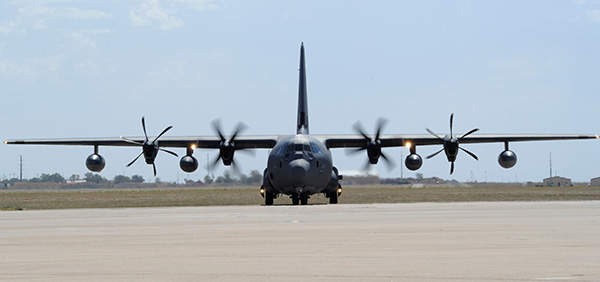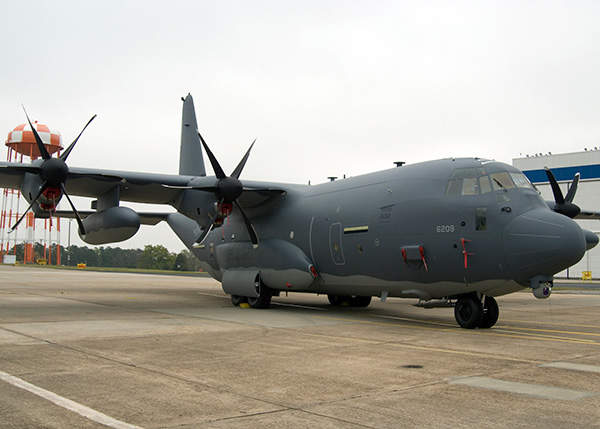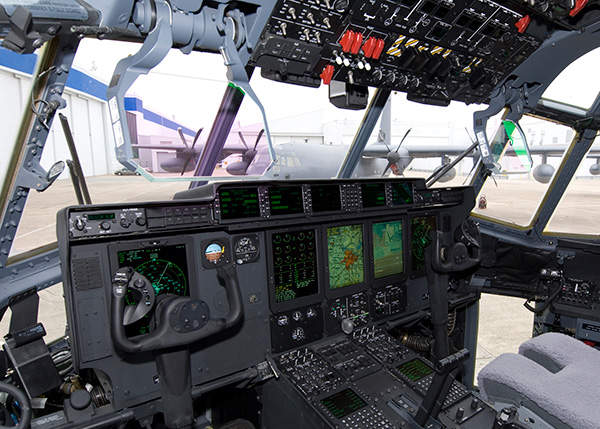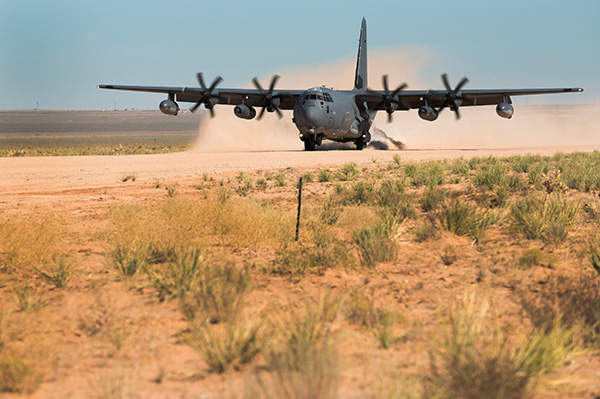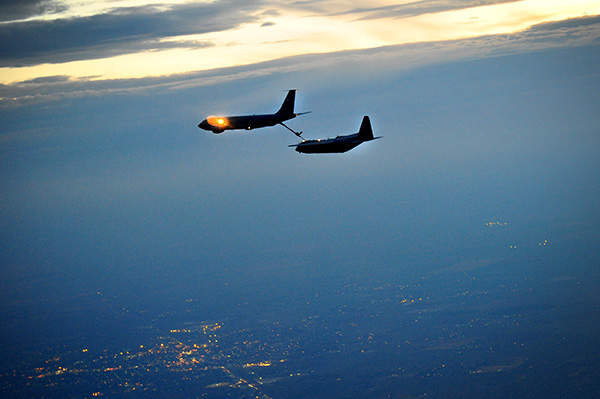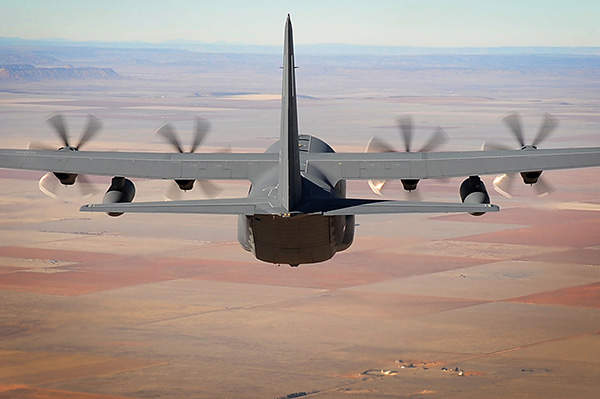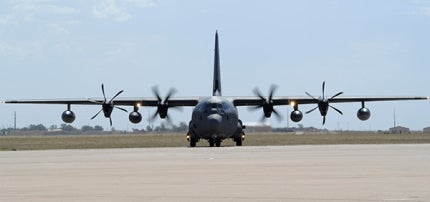
The MC-130J Commando II is a special operations tanker aircraft manufactured by Lockheed Martin for the US Air Force Special Operations Command.
Previously known as the Combat Shadow II, it is an improved variant of the C-130J aircraft and is expected to replace the ageing fleet of MC-130E and P tankers.
The MC-130J Commando II can be deployed worldwide for missions requiring clandestine, single ship / formation, low-level in-flight refuelling (IFR) for helicopters and tilt-rotor aircraft of the US Special Operation Forces (SOF) The aircraft supports infiltration / exfiltration and resupply missions, and can also perform air drops and landings on remote airfields.
MC-130J orders and deliveries
In 2008, Lockheed Martin was awarded a contract to deliver MC 130J and HC-130J aircraft to the SOF. The first was delivered to the US Air Force’s Special Operations Command (AFSOC) at Cannon Air Force Base in September 2011.
Cannon Air Force Base received the seventh MC 130J aircraft in June 2012 and eighth in August of the same year. The 15th aircraft was delivered in February 2013, while the 37th and final delivery is scheduled for 2017.
The first MC-130J was delivered to a new training facility at Kirtland Air Force Base in October 2011.
The AFSOC also received two MC-130J Commando II aircraft for operations at the UK Royal Air Force Mildenhall base, UK, in September and October 2013 respectively.
Lockheed Martin delivered two MC-130J Commando II aircraft for the USAF’s 352nd Special Operations Group in December 2014.
AC/MC-130J programme
Related project
C-130J Hercules Tactical Transport Aircraft
The Lockheed Martin C-130 is the US Air Force principal tactical cargo and personnel transport aircraft.
MC-130J Commando II was developed under the AC/MC-130J programme (formerly known as SOF tanker recapitalisation).
The programme used the proven design and technology of the KC-130J tanker to achieve initial operational capability by 2012, and will also convert approximately 16 MC-130Js into AC-130Js by adding a precision strike package.
Production of the first MC-130J aircraft began in October 2009, with the first aircraft rolled out in March 2011.
The first flight took place on 29 July 2010, after which it was renamed Commando II in March 2012.
In November 2012, the MC-130J Commando II aircraft was certified mission capable by the USAF Operational Test and Evaluation Centre.
Design features of MC-130J Commando II
The MC-130J Commando II uses the KC-130J tanker baseline configuration, but incorporates design changes and more advanced capabilities.
It features extended service life wings and additional elements to meet the requirements of special operations missions.
The aircraft has a length of 29.3m, wing span of 39.7m and a height of 11.9m, and its maximum take-off weight is 74,389kg.
Cockpit and avionics
The MC-130J is crewed by two pilots, one combat systems officer and two loadmasters. Its cockpit houses an advanced flight station equipped with fully integrated digital avionics and includes head-up and multifunctional colour liquid crystal displays for flight control and navigation.
A combat systems operator (CSO) station and auxiliary operator consoles are also included. The navigation systems include dual global positioning systems and an inertial navigation system.
The cockpit accommodates low-power colour radar and displays showing a digital moving map. Other systems are electro optical / infrared (EO/IR), integrated defence systems and dual SATCOM. The aircraft also has provisions for large aircraft infrared countermeasures (LAIRCM).
Cargo and refuelling systems
The MC-130J is equipped with an advanced cargo-handling system and the onboard universal air refuelling receptacle slipway installation (UARRSI) allows it to receive fuel in-flight from boom-equipped tanker aircraft such as the KC-135 and KC-10.
Refuelling pods enable the aircraft to perform in-flight refuelling of tactical aircraft and helicopters, as well as forward-area ground refuelling.
Engines and performance
The MC-130J is powered by four Rolls-Royce AE 2100D3 turboprop engines coupled to four six-bladed Dowty propellers.
Each engine, delivering a maximum power output of 3,458kW, is equipped with a 14-stage high pressure (HP) compressor, two-stage HP turbine and two-stage power turbine. The engine and propeller are controlled by dual full authority digital engine controls (FADECs).
The aircraft can fly at a maximum altitude of 28,000ft with a 19,050kg payload. It has a speed of 362kt at 22,000ft and an unrefuelled range of 4,828km.
The Global Military Aircraft Market 2011-2021
This project forms part of our recent analysis and forecasts of the global military aircraft market available from our business information platform Strategic Defence Intelligence. For more information click here or contact us: EMEA: +44 20 7936 6783; Americas: +1 415 439 4914; Asia Pacific: +61 2 9947 9709 or via email.

